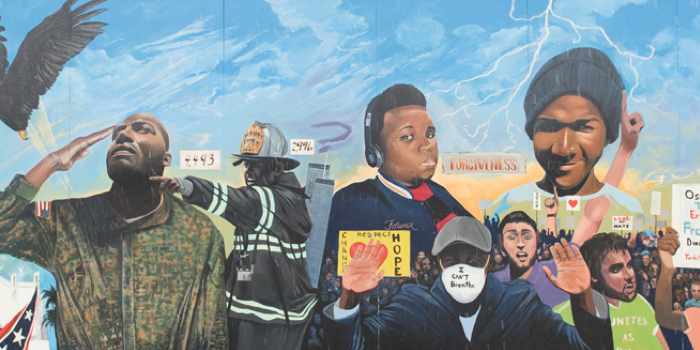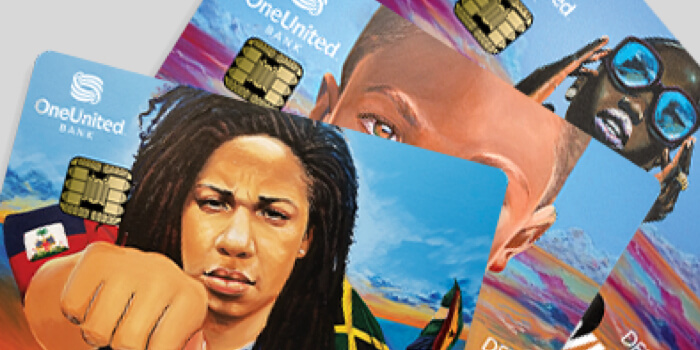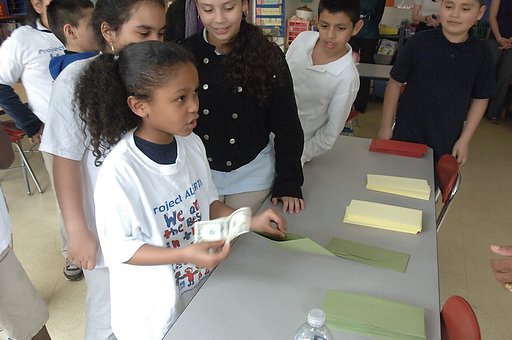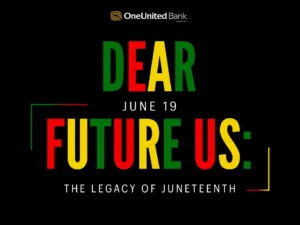Here’s our recipe for a fun and informative lesson in financial literacy:
For 20 students
Ingredients:
|
Preparation:
- Place a one dollar bill into each green envelope and seal the 20 envelopes
- Take three yellow envelopes and place a $10 bill into each. Seal the envelopes.
- Seal the remaining (9) yellow empty envelopes
- Group three empty yellow envelopes with the one “$10” yellow envelope, placing the $10 envelope second in the group. Paper clip each group. You will have four groups.
- Place the Jamaican $50 bill (or play money) into one red envelope. Seal the envelope and mark this envelope inconspicuously (so that only you can identify this envelope)
- Seal the remaining (9) red empty envelopes and place the “marked envelope” on top
- Group the red, yellow and green envelopes together and place a rubber band around the entire group
Instructions:
- Visit a classroom of twenty students[1] and explain that you hope to teach them important lessons about money. Take out your group of envelopes and make three stacks of red (on your right), yellow (middle) and green (left) envelopes on a table.
- Explain to students you will be describing what is in each group of envelopes and allow them to ask questions. Next, you will ask them to line up behind the group of envelopes that they desire. Explain emphatically that they will not be able to switch lines once they have lined up… so they should listen to your explanation very carefully.
- Describe the envelopes in the following manner (verbatim):
- “This group of envelopes has $50.” Place your hand on the red envelopes.
- “In this group of envelopes, some have a lot of money, some have no money.” Place your hand on the yellow envelopes.
- “In this group of envelopes, every envelope has a little bit of money.” Place your hand on the green envelopes.
- Ask students if they have any questions. (Typically they will not ask questions or the questions will not be very informative because they will be anxious to line up. Make sure you answer all questions.)
- Ask them to line up behind the stack they desire. Remind them that they will not be able to switch lines once they have lined up. (Most kids will line up behind the red stack.)
- Once all the students have lined up, stand in front of the red envelopes. Hand the first student in line the first red envelope (must be the “marked envelope”). Ask the student to state his/her name, open the envelope and show the class the content.
- Take the $50 Jamaican dollar (play money) from the student and ask the class how much it’s worth (Jamaican $50 is worth about 50 cents/Play money, of course is worth $0). Explain to the student and the entire line of students behind the red envelopes that they have been scammed. Remind the class that you said, “This group of envelopes has $50.” That you did not say U.S. dollars. That they should know in life, if it sounds too good to be true… it probably is! Tell these students they will not receive anything and can be seated. (Optional: To continue to engage these students, you can let them choose one of the two remaining lines – yellow or green. However do not allow them to ask additional questions.)
- Stand in front of the yellow envelopes. Hand the first student in line the first yellow envelope. Ask the student to state his/her name, open the envelope and show the class the content. The envelope will be empty. Remind the class that you said, “In this group of envelopes, some have a lot of money, some have no money.”
- Hand the second student the second yellow envelope. This “lucky” student will receive $10! Complete the line of yellow envelopes where some children will receive $0 and some will receive $10.
- Stand in front of the green envelopes. Hand the first student in line the first green envelope. Ask the student to state his/her name, open the envelope and show the class the content. The envelope will have $1. Remind the class that you said, “In this group of envelopes, every envelope has a little bit of money.” Complete the line of green envelopes where every student will receive $1. (Optional: Give every student who did not receive any money a green envelope.)
Ready to Serve:
Once every student has had a turn, explain the following money concepts to them.
- The red envelopes represent financial scams. Explain how they will see financial scams in their lives where people will say things that are either untrue (yes, lies!) or will not provide full information. Red symbolizes the need to “STOP” and ask questions (of their teacher, parent or some adult who has financial wisdom).
- The yellow envelopes represent risk. There are many financial decisions where you can make a lot of money, not make any money or even lose money. Examples include starting a business, investing in the stock market or even buying a home. Yellow symbolizes caution. They should make sure they are aware of the risks so they can make informed decisions.
- The green envelopes represent security. There are many financial decisions where there is little to no risk and you can make some money. This money can grow overtime. Examples include getting a job or saving your money in a savings account or certificate of deposit. Green symbolizes safety… you’re good to go!
It’s important to know the difference between Red-Yellow-Green and make good financial decisions. If you make good decisions, your future will be bright!
OneUnited Bank uses this activity in middle schools and it is a big hit! Students understand because the concepts feel more real to them. We believe it will work with high school students and even adults. The I Got Bank! book that we provide free to schools and libraries (www.oneunited.com/book) tells a story that incorporates “Red-Yellow-Green” decisions including financial scams, financial risks and financial savings.
Try our recipe and let us know how it goes!
[1] If you have more students, you will need more green envelopes and $1 bills (one per student)



















